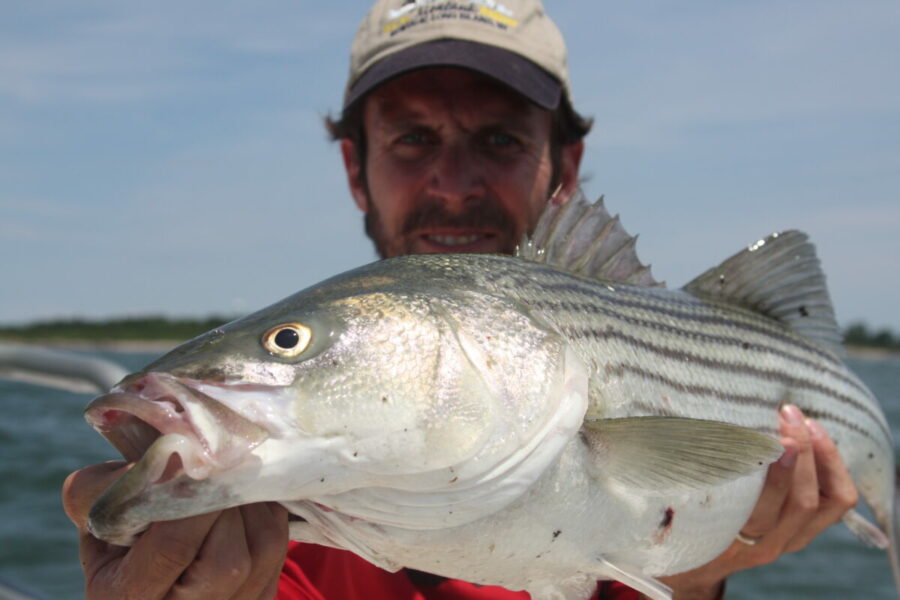
Captain Andrew Derr with a client’s nice striper.
Improving classic flies does not change them. They can appear precisely the same but be different and better

Henry Clement, Rehoboth Beach, Delaware, August 2023.
By Henry Clement
It does not look like a baitfish to me.
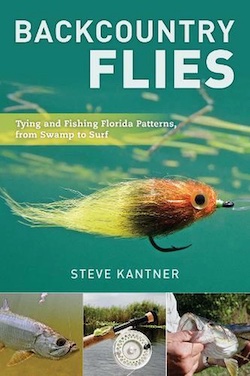
Contact Steve Kantner to buy a copy here. landcaptain@comcast.net
Chuckling can erupt fireside at some reaches trying to equate the Woolly Bugger, for example, to hellgrammites. The joke teller on one occasion was the fly’s inventor, Russell Blessing, who laughingly said, ‘I’m glad I failed.’
They are related, I think?
No need for a new vise
My hallowed fly-tying place
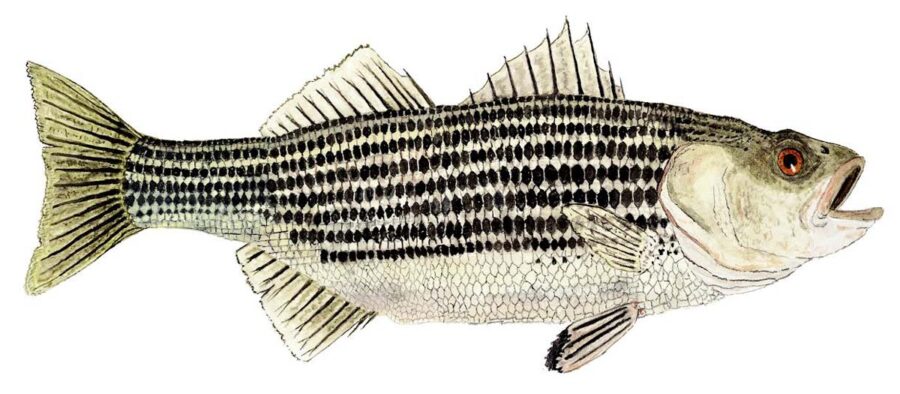
Thom Glace, the award-winning watercolorist’s commissioned striper, is one of the best illustrations of Morone saxatilis.
Tying on the road, so to speak, is a conversation starter and friend-maker. No one seems too shy to stop by my streamside truck and ask questions.
The knowledge of which hook size to choose is a learned art
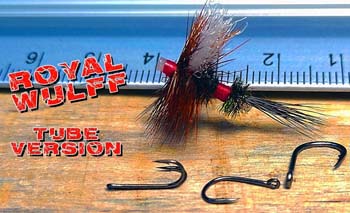
The Royal Wulff is one of the most famous and influential dry flies, which speaks of its enormous versatility and application in the fishing of many species worldwide. This Ruben Martin tube version improves the effectiveness of a fantastic fly.
The real crippling of tube fly usage is in the lack of promotion
But far from it is today’s reality
The high-stakes table lads prove a tube point.
Here is why
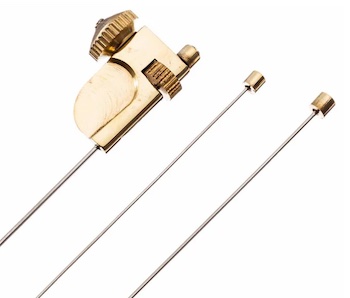
Tube Fly Adapter | Tube Fly Supplies | J Stockard . . .
5. **Customization**: You can combine tube flies with beads, cones, and spacers in front or behind, offering even more customization options.
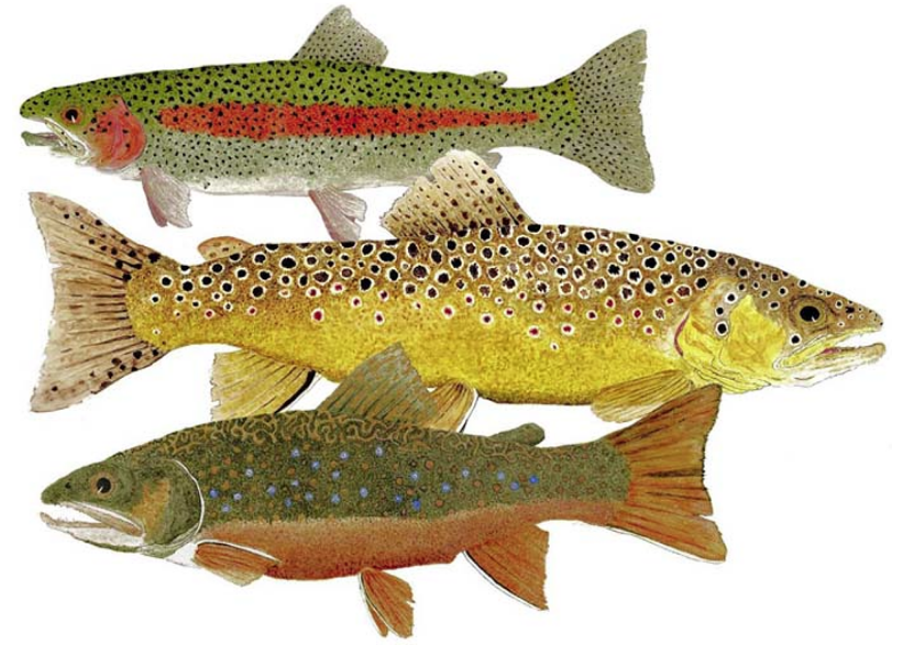
The big three. Illustration by award-winning watercolorist Thom Glace.



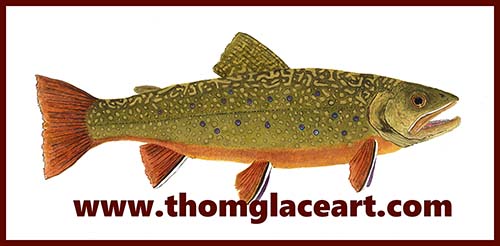



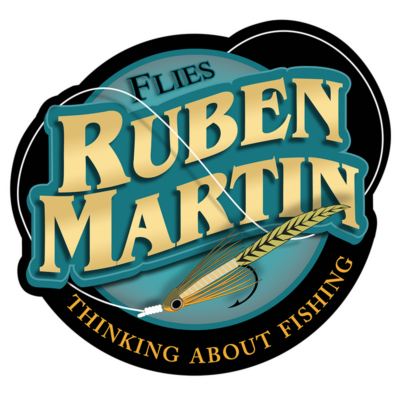
Great article on the merits of tube flies. Many great points.